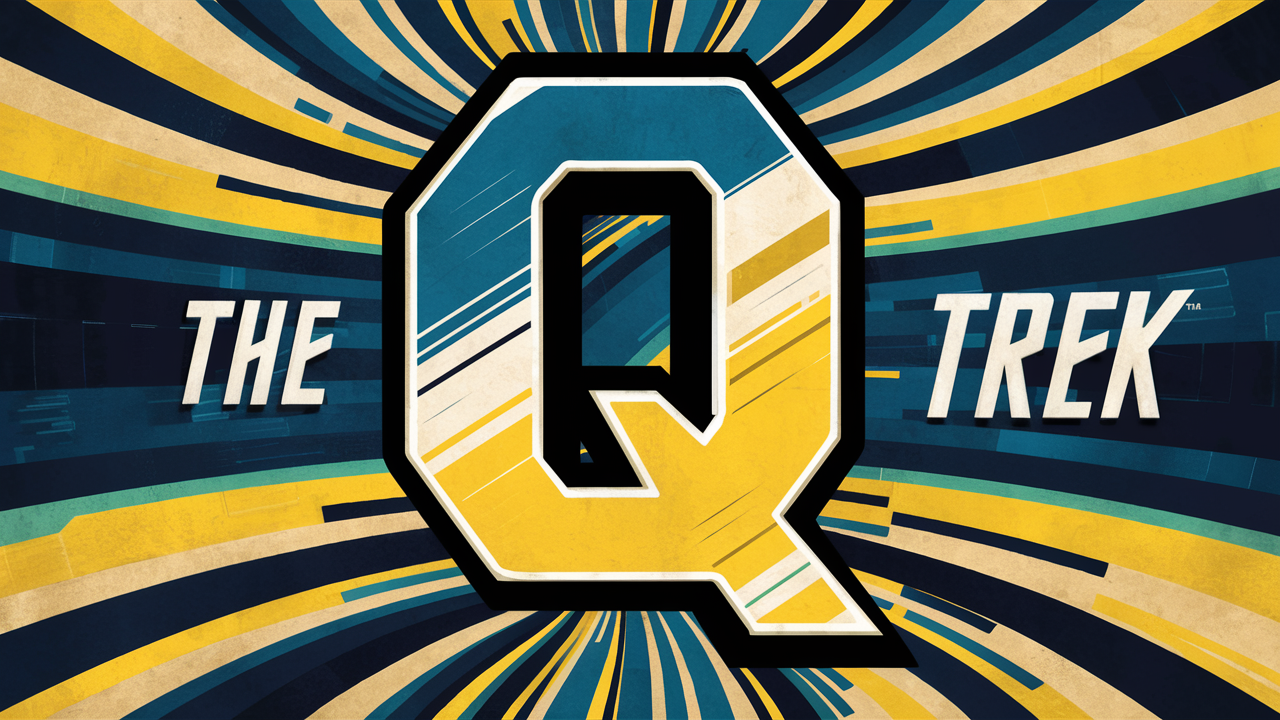This post explains the context of the members of the Menendez family, which predates their conception!
Category: Piercing the secret of O

The Q Continuum
The Q Continuum is a fictional realm in the “Star Trek” universe, primarily depicted in “Star Trek: The Next Generation” (TNG) and other series in the franchise. Here’s an overview of the Q Continuum and its key elements: Overview The Q Continuum is an extradimensional plane of existence inhabited by…
The Spirit of Baltimore
Following the 2015 Baltimore riots after Freddie Gray’s death, the Obama administration allocated $1.8 billion to support the city’s economic and social development. The funds were distributed across various sectors, including infrastructure, housing, education, health, and job training, significantly contributing to Baltimore’s recovery and revitalization efforts.
Who is The Doctor?
The actors who played the Doctor in Doctor Who, along with the essence of their performances and notable storylines. William Hartnell Patrick Troughton Jon Pertwee Tom Baker Peter Davison Colin Baker Sylvester McCoy Paul McGann Christopher Eccleston David Tennant Matt Smith Peter Capaldi Jodie Whittaker

October 28
[bible] Join me tonight, Friday, October 28, 2022, on Twitch at 9PM Eastern. Every day for the past 2 years, I have contemplated the world through history, by looking at the events that occurred On This Day, in the past few hundred years. I look at who was born today,…
